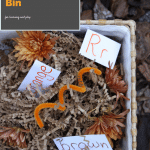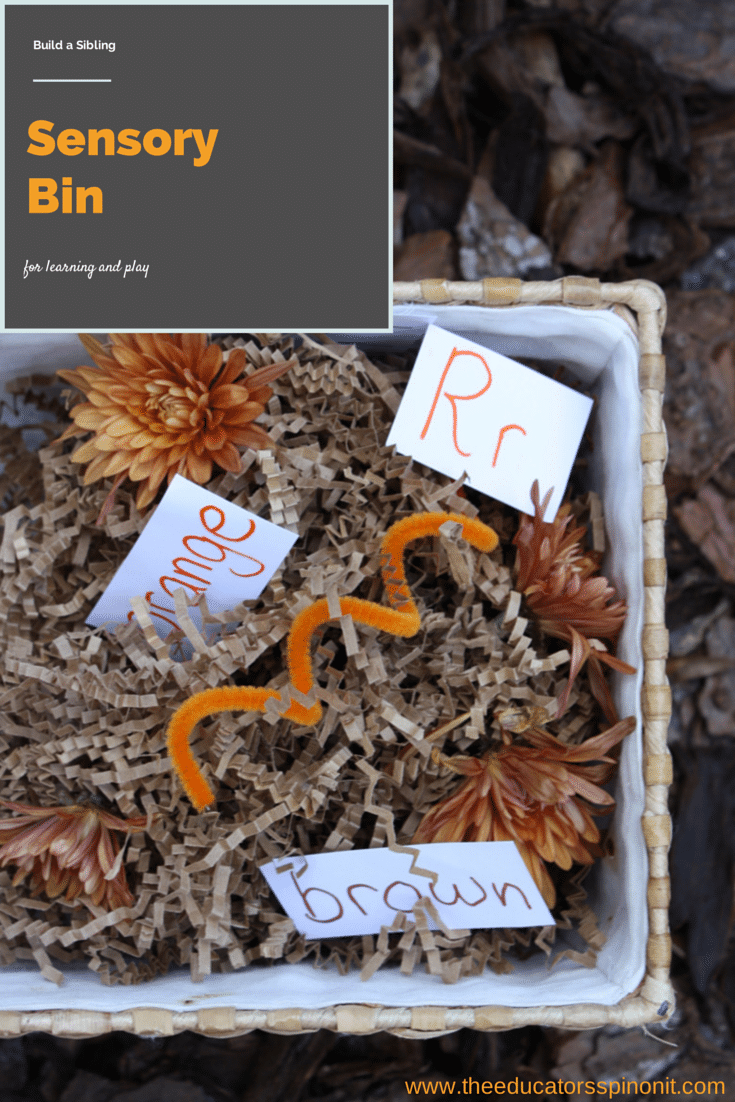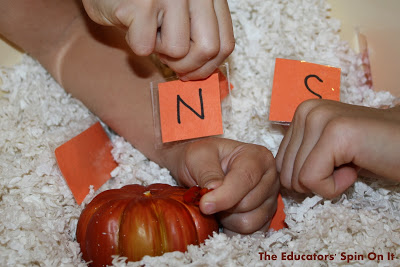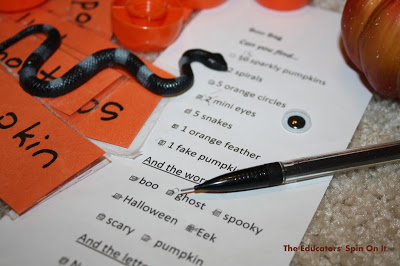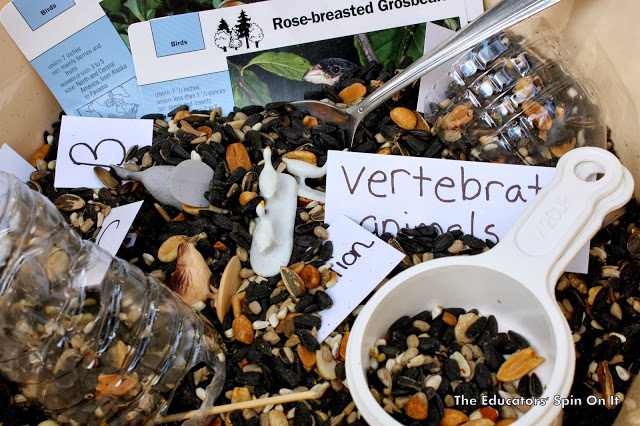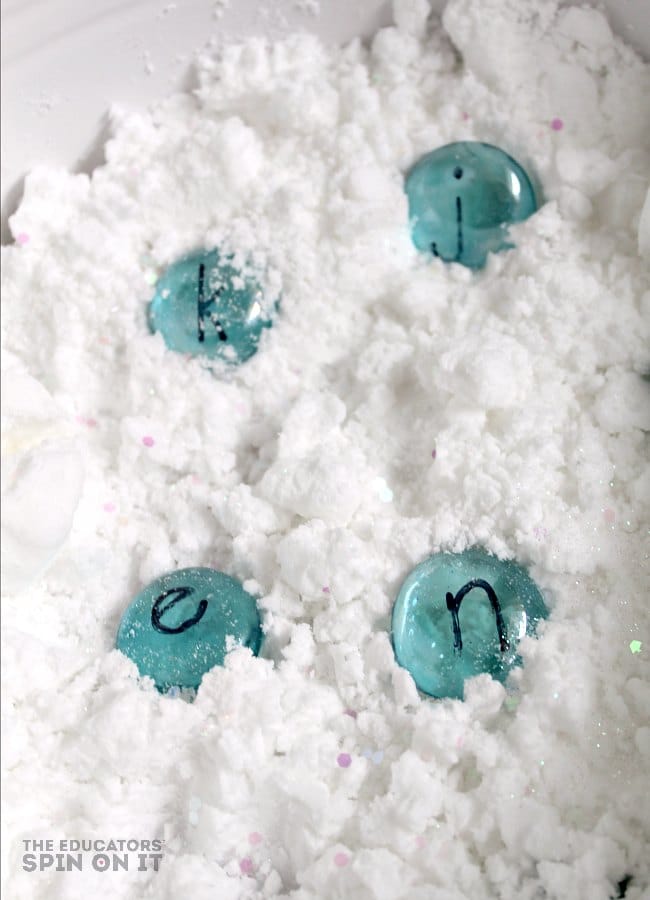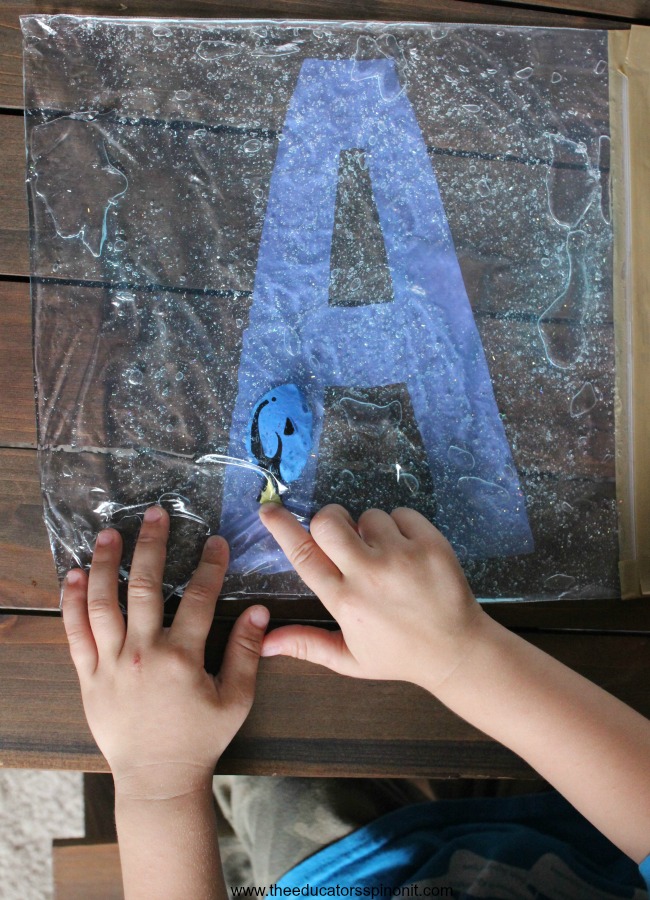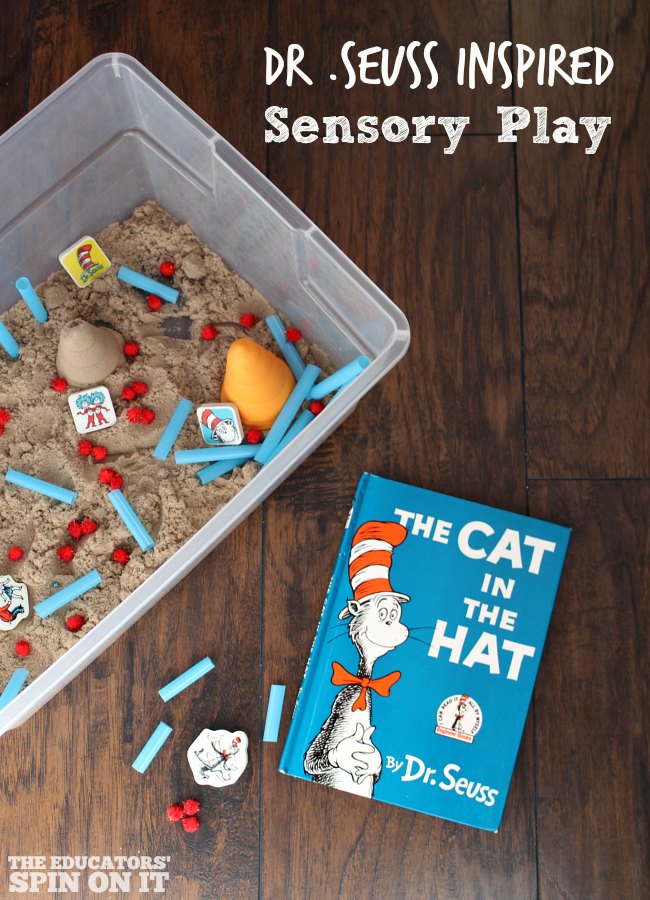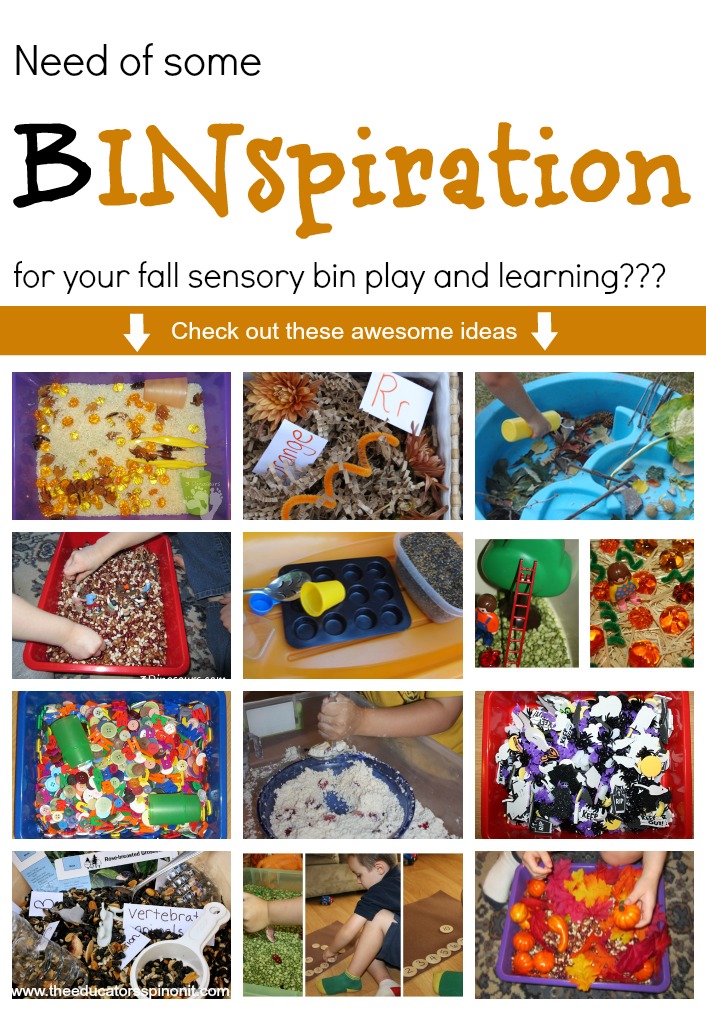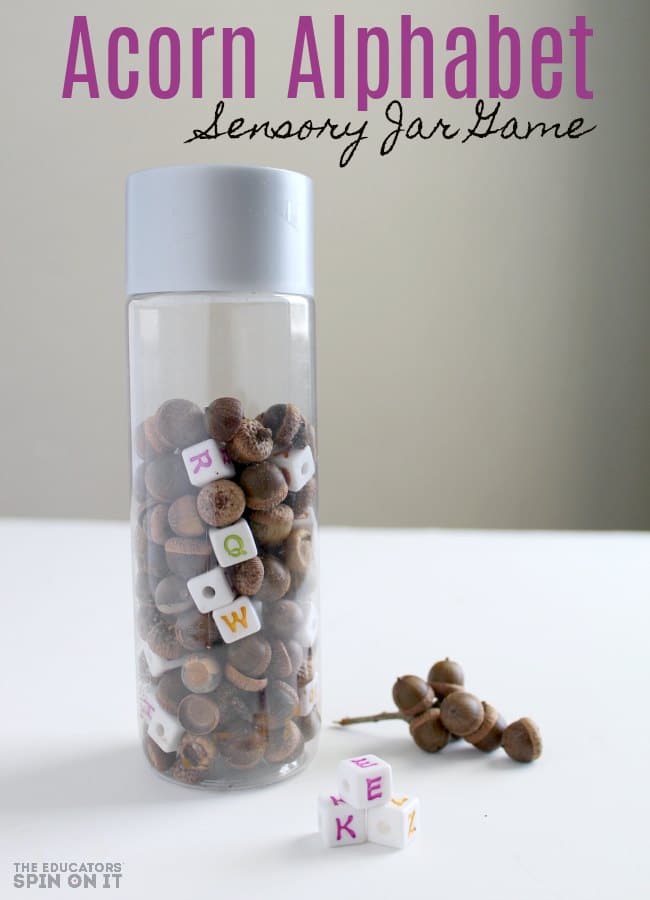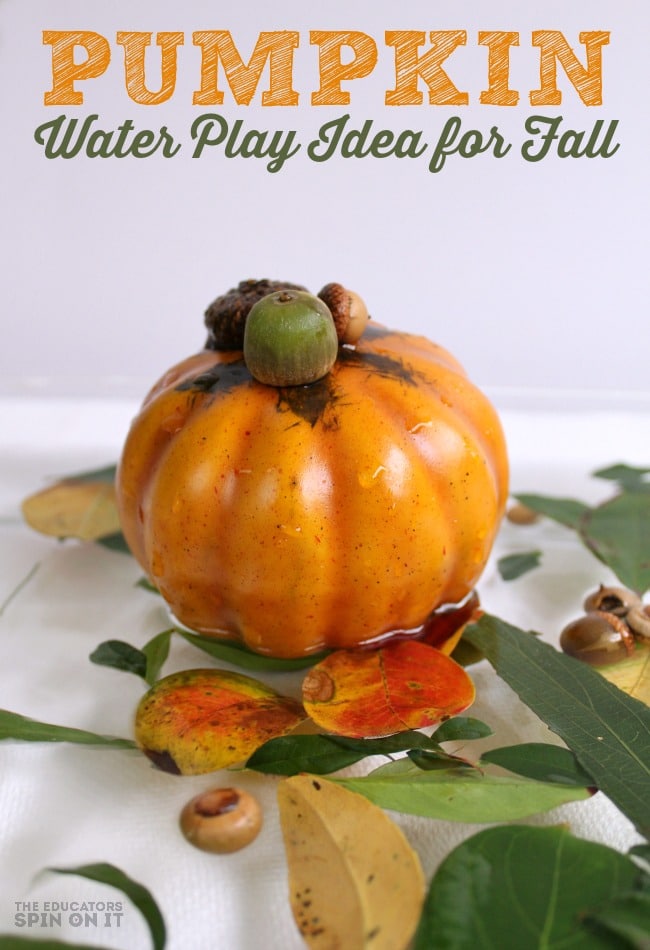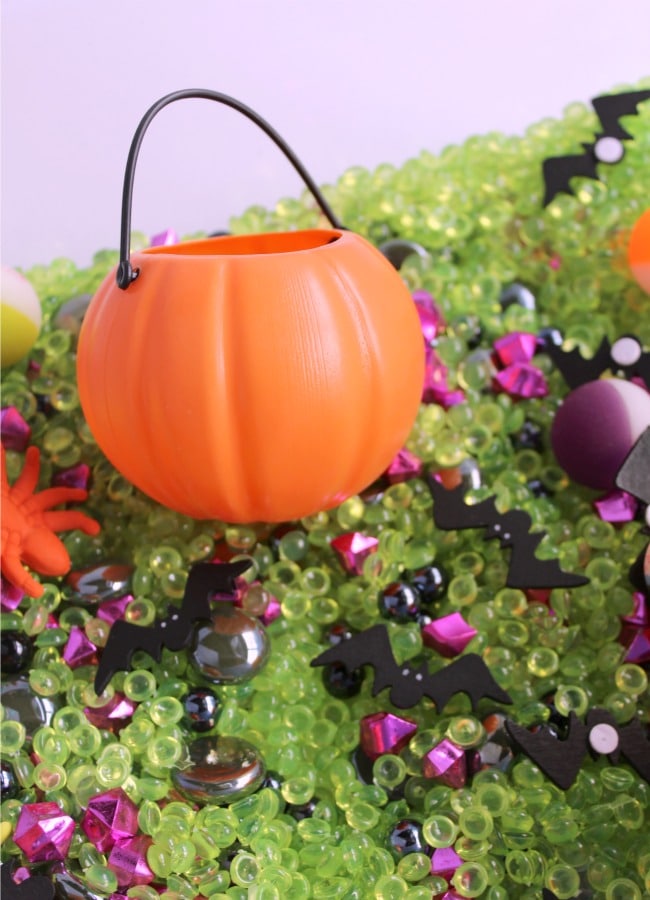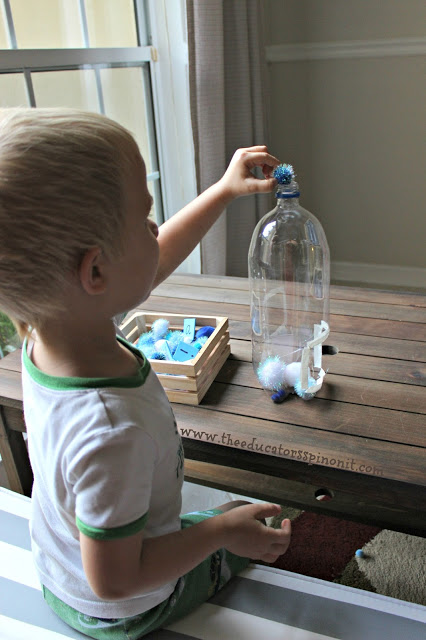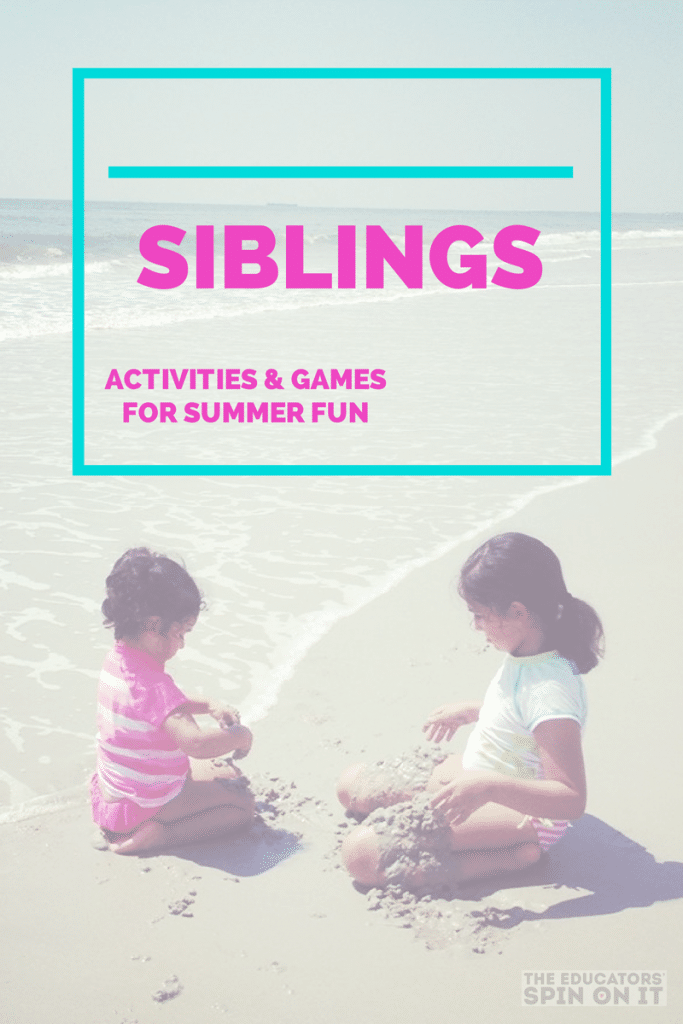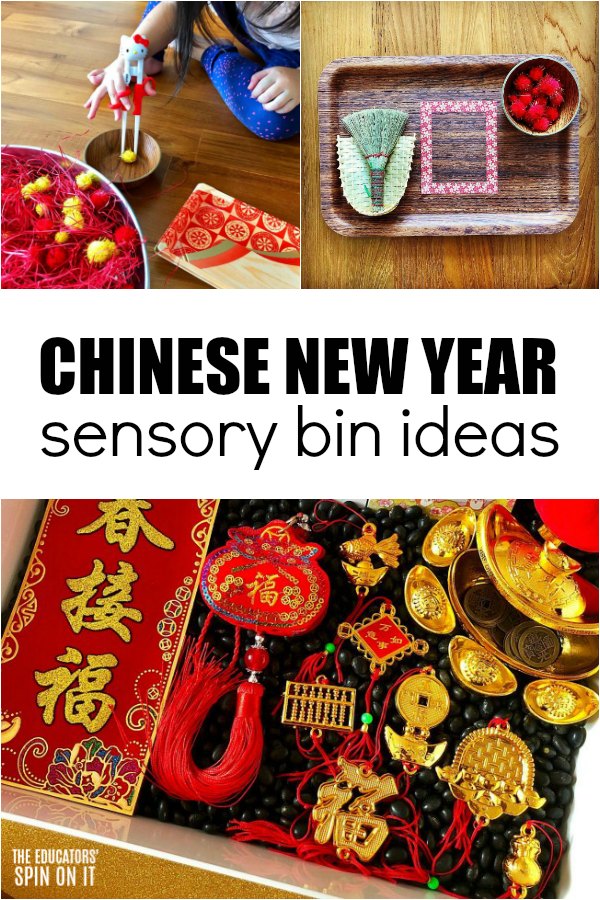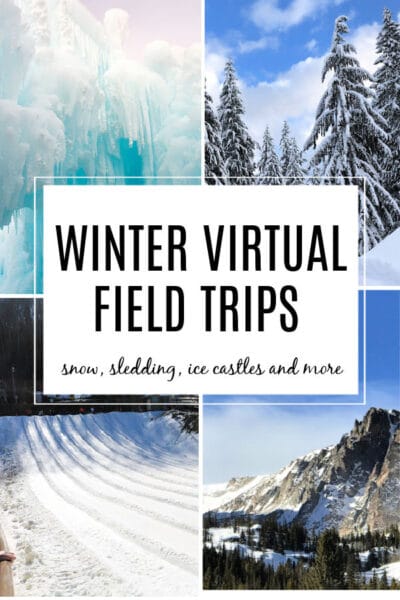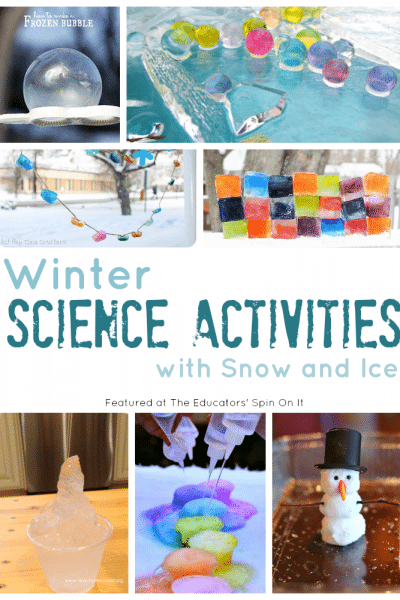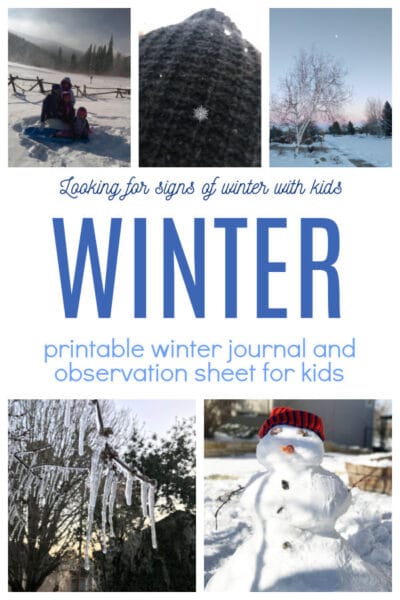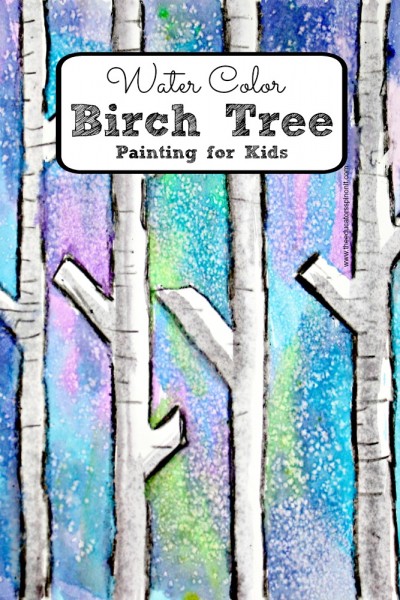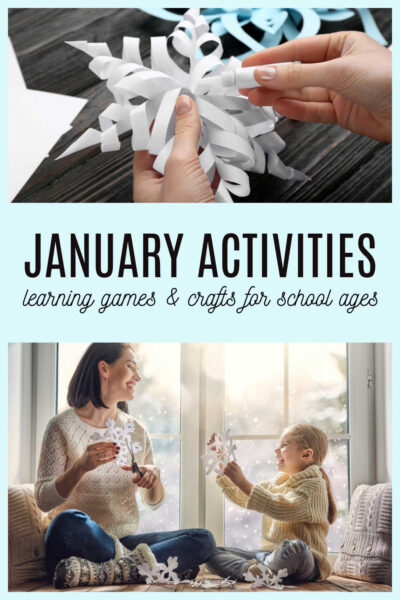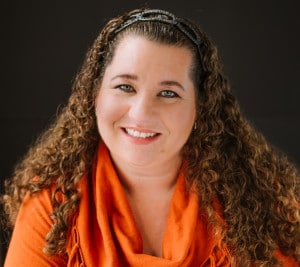Sensory bins are SO much fun. Let me show you how to make a sensory bin for multiple ages! Discover objects that give children the opportunity to explore in an open-ended way.
They also provide opportunities for the children to practice their fine motor skills and with extensions can be used to teach matching, patterning, counting, sorting, storytelling, vocabulary, problem-solving, and specific skill recognition such as letters.
How to Make a Sensory Bin for Multiple Ages
If you haven’t tried one with your child, I strongly recommend it. They are mostly commonly used for toddler and pre-school age children to develop fine motor skills, explore different textures, build vocabulary. But do NOT dismiss them as a learning tool if you have a younger or older child.
They are typically a contained mess collection of objects that give children the opportunity to explore in an open-ended way, meaning, the outcome of their explorations is unknown. Only their own creativity and problem-solving will guide the play.
My challenge is to make sensory bins that are beneficial for all my children ages 11 months, 4 years, and 7 years old. I know that all can benefit from this open-ended exploration, so how do I change the activity to meet the needs of each child?
Each stage has unique developmental needs and they also have their own opinions. The baby puts things in his mouth and needs constant adult monitoring during the exploration process, the seven-year-old likes more challenging tasks, and the three-year-old wants to feel like a “big kid,” but also needs to hone his fine motor skills for later writing and creativity for tackling future problems in life.
Phew… what a challenge!
Sensory Bin Ideas for Babies
- Add things to let them manipulate the objects; spoons, cups, and containers.
- Choose larger items to make it easier for them to grasp and transfer.
- Use big vocabulary to describe how things look and feel. Don’t just say, “Do you see the pumpkin?” make it more language rich, “Do you see the little orange pumpkin?”
For days when you want a little more containment, consider putting it all in a bag. This doesn’t give the full sensory experience but does make it more manageable for a little one that puts things in their mouth all the time.
Here is a great example of this at House of Burke with her Boo Bag.
*** If using small items and plastic bags, make sure you are always monitoring this activity and never leave it available for unattended play.
Sensory Bin Ideas for Preschoolers
- Add letters and numbers using cards, foam letters, or even wooden ones from a puzzle.
- Write down simple theme words that they can read.
- Give them unique tools like tongs, whisks, and tweezers to help them hone their fine motor skills. Provide things like muffin tins that encourage sorting and things like nesting blocks to put things inside or on top.
Sensory Bin Ideas for Grade Schools
- Include fact cards, maps, or pamphlets related to the theme.
- Put rich vocabulary words in the bin too. If they ask about these words, don’t just define them, give examples and non examples, use the word in a sentence and encourage them to do the same.
- Make list of things, like an eye spy list, to find in the bin, although a more direct activity, keeps my 7 year old engaged for a longer period of time.
Making a Sibling Birdseed Bin
For my baby: I would make sure the box was on the ground so he could “full body” explore: a low edged Tupperware container would work best. This will help provide the tactile stimulation that babies need to learn about objects around them.
In addition to the cups and tins, I would include a spoon for him to mix and pour; developing fine motor skills.
To touch on the sense of hearing, I would also provide a covered container filled with some bird seeds to use as a shaker.
For my preschooler: I would also include a plastic or stuffed animal that may eat birdseed, like a squirrel or a bird. If I didn’t have one, I’d just draw one on tag board or make a quick finger puppet with felt. These items naturally encourage storytelling. I’d also include some letters like B b along with the words bird and seeds on tag board pieces to encourage early literacy skills.
For my grade schooler: I would include some vocabulary words such as: vertebrate animals, migration and vocalization on little cards set in the bird seed midst. Additionally, I have some science cards on birds that I would include, this will connect the written word with science, with a play exploration. I may also put a water bottle and dowel in the bin as well to see if it sparks the making of a bird feeder.
*Note, my birdseed contains peanuts for my cardinals – be aware and sensitive to any food allergies the children you are playing with may have.
Sensory Bin Ideas from Top Bloggers!
Sensory bins can be not only fun, but educational as well. These bloggers sure know how to rock the sensory bins! I was amazed at all the possibilities and creativity. Hope you enjoy – I know that I was inspired by them!!!
Sensory bins from Little Bins for Little Hands: (ok, so her entire blog is filled with delightful sensory bins as well as other little bin ideas. One could get lost for hours and find lots of information. I’ll just share a few of her posts today, but I encourage you to go search her site!)
- Books and Bins ideas; this is a great example of how to extend the sensory experience to make it educational. She uses books like, “10 Apples Up On Top,” and creates a bin that can be explored in free play as well as used for more directed educational activities such as position words (her little one puts 10 felt apples on TOP of each animal) and counting or learning the value of a number. *
- Apples and pumpkins: another book themed bin*
- Squirrel and nut bin: also a literacy connection bin. I like how she included found natural objects to incorporate science and the natural environment
- Apple Pie baking bin– aka homemade cloud dough for the ultimate pretend baking experience. I like how she included a variety of tools; talking about their names and purposes increases children’s vocabulary!*
- Here is a great start here post if you need inspiration on how to fill these bins!
Sensory bins from 3 Dinosaurs: One of these are bound to inspire you! She makes a bin available to her littles each week, even if she doesn’t blog about it!
- Fall leaf sensory with fake leaves and pumpkins*
- Fall rice bin with rice and fall themed*
- She even shows how to use a card for matching and one-to-one correspondence, great early math skills for our little learners.
- Stickers and spiders; focus on naming objects*
- Hanukkah bin with a literacy connection to “Light the Menorah.”
- Thanksgiving bin with beans and mini figures for story retelling, an early literacy activity.
- Button bin for any occasion; used for sound exploration when combined with containers and is a great venue for encouraging children to sort by size, shape, and color. *
Even MORE great ideas from:
- Living Now Montesorri: Dinosaur excavation bin
- JDaniels 4’s Mom: A Halloween Safety Bin– this is a great tool for teaching social rules
- Fantastic Fun and Learning: Fall sensory bin and learning activities
- How We Learn: Halloween sensory bin
- The Connection We Share – appealing to the senses by making scented colored rice.
- Nate and Rachael, Nothing if Not Intentional – creepy crawly cauldron play with BAKED SPIDERS!
- Frogs, Snails, and Puppy Dog Tails: Pumpkin Soup sensory exploration
